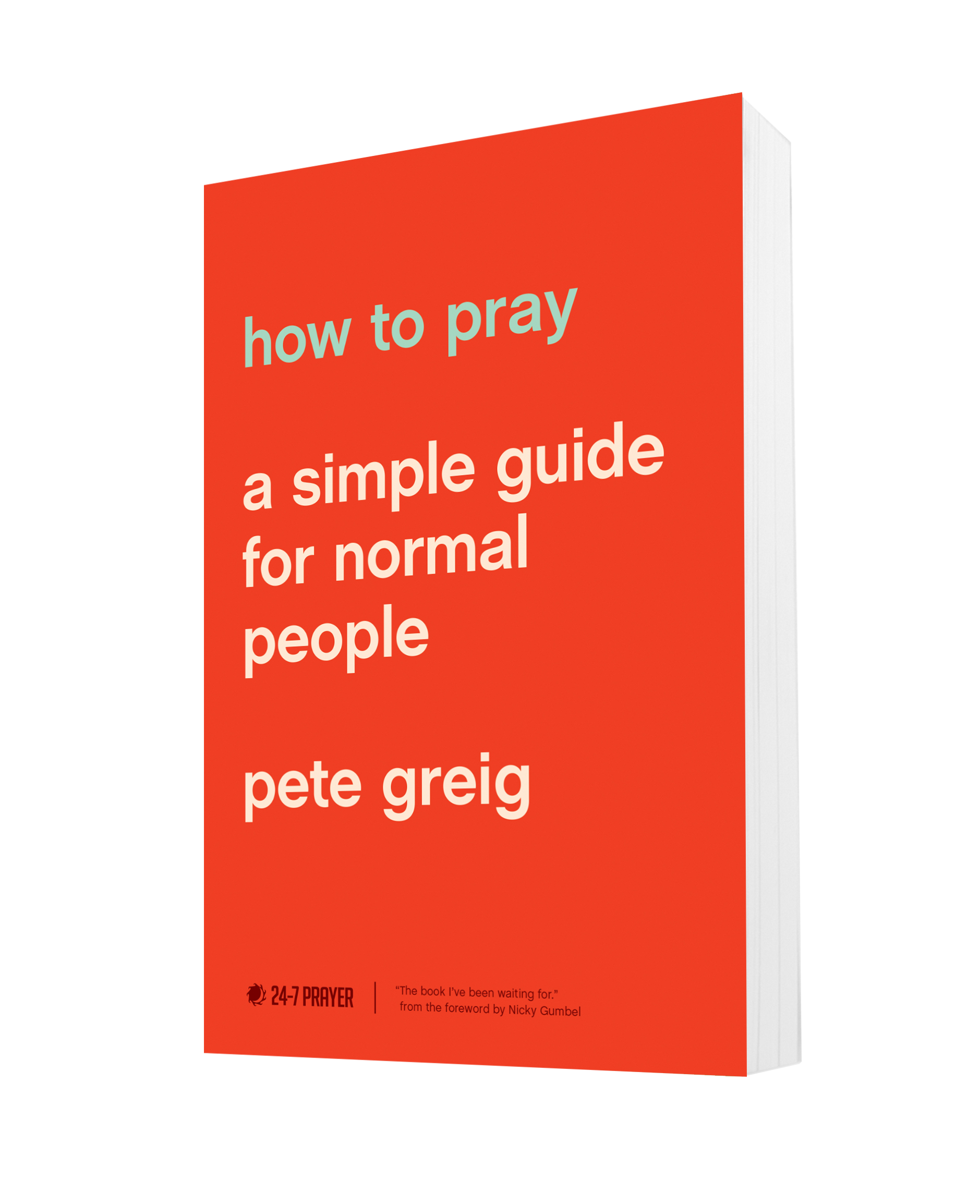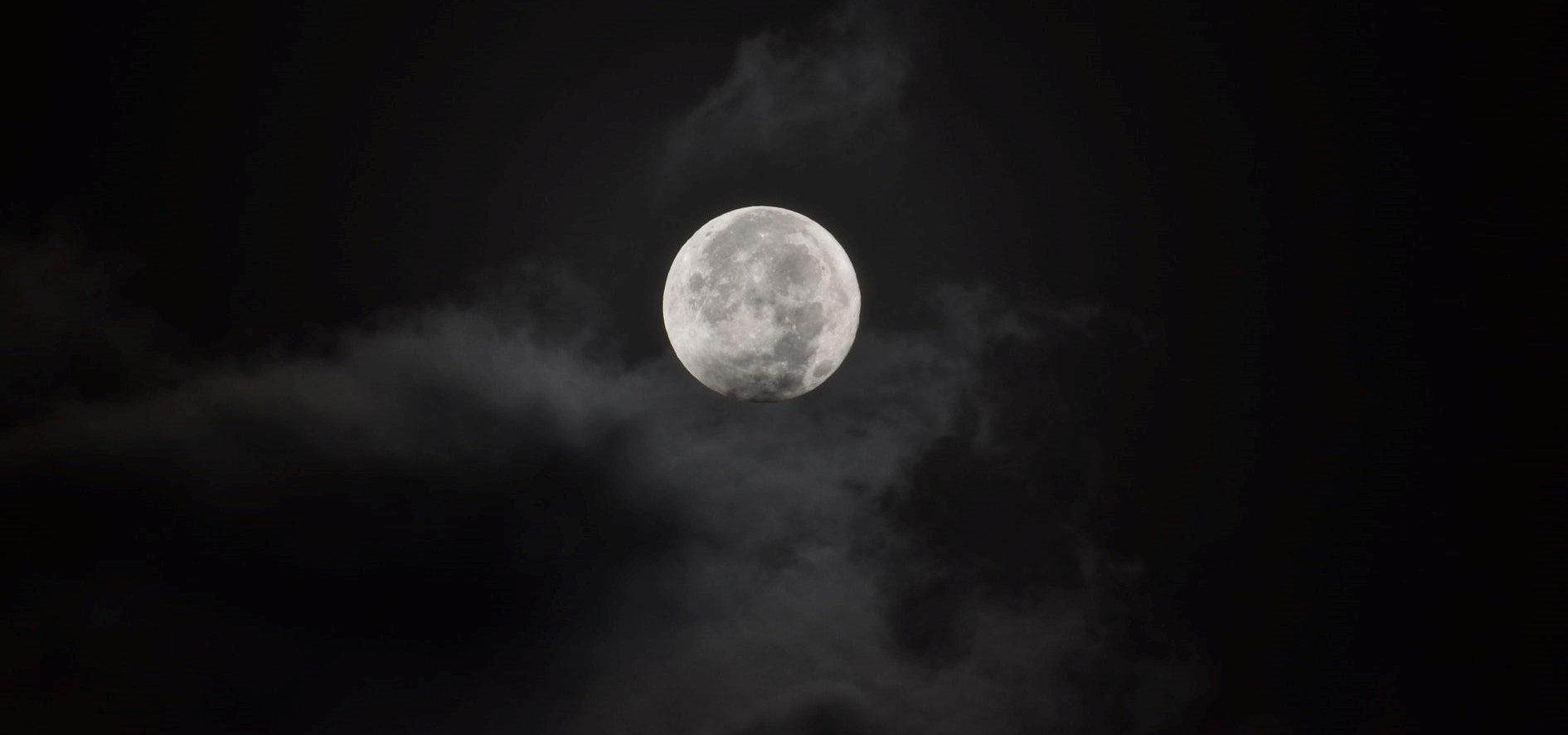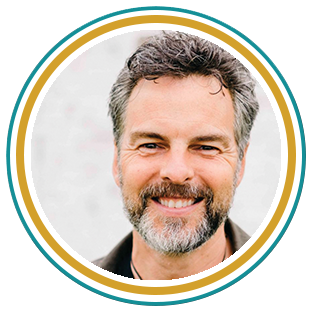I’m aware that talk of Satan, demons, fallen angels, and an apocalyptic battle between cosmic forces of light and darkness will sound ridiculous to some and like a plot from a second-rate Marvel comic to others. In the West, we have, for the most part, replaced biblical cosmology with humanistic psychology, sociology, and anthropology. Every sin is attributed to a societal or clinical cause. And yet—for all our supposed sophistication—we remain acutely aware of evil at work in our world. Our news cycles report acts of unspeakable horror almost every day. People who rape children, imprison strangers, torture animals, or drop sarin bombs on civilians, are invariably branded “evil.” And away from the spotlight of public disdain, we remain acutely aware within ourselves of dark shadows lurking—our own shocking capacity to hate, to hurt, to use and abuse others.
There’s a fascinating encounter near the start of the horror film The Silence of the Lambs in which Clarice Starling, a young FBI trainee, asks the cannibalistic serial killer Hannibal Lecter what happened to make him so twisted. “Nothing happened to me, Officer Starling,” he purrs. “I happened. You can’t reduce me to a set of influences. You’ve given up good and evil for behaviorism, Officer Starling. You’ve got everyone in moral dignity pants. Nothing is ever anyone’s fault. Look at me. Can you stand to say I’m evil?”
“Modern people cannot answer the monster’s question,” concedes the liberal intellectual Andrew Delbanco in his book, The Death of Satan: How Americans Have Lost the Sense of Evil. “A gulf has opened up in our culture,” he writes, “between the visibility of evil and the intellectual resources for coping with it . . .”
We have jettisoned in the West the idea of cosmic evil, or transcendent evil, or supernatural evil. We don’t believe in it. In fact, we don’t like to use the word evil because it implies moral absolutes and value judgements. So we use medical terms. We talk about dysfunction. We talk about pathology. We don’t use moral terminology. But as the twentieth century has gone on it has gotten harder and harder to say that holocausts and ethnic cleansing and serial killing is just bad psychological and sociological adjustment.[i]
Near the end of the Second World War, a pastor called Helmut Thielicke preached a poignant sermon in the German city of Stuttgart, applying this last line of the Lord’s Prayer—“deliver us from evil”—to the atrocities of Nazism and the decimation of the European continent during the years of conflict:
Dear friends, in our time we have had far too much contact with demonic powers;
we have sensed and seen how men and whole movements have been corrupted and controlled by mysterious, abysmal powers, leading them where they had no intention of going; . . .
year by year we have seen an increasingly poisonous atmosphere settling down upon our globe and we sense how real and almost tangible are the evil spirits in the air, seeing an invisible hand passing an invisible cup of poison from nation to nation and throwing them into confusion.[ii]
From Helmut Thielicke to Hannibal Lecter, the biblical cosmology of good versus evil makes sense of our broken world. It stands the test of time because it rings true with our universal human experience. “Humankind is losing faith in the liberal story that dominated global politics in recent decades,” admits the liberal historian Yuval Noah Harari in his bestselling 21 Lessons for the 21st Century.[iii] Secularism is partly losing credibility because of the way it attempts to deconstruct ancient moral absolutes without offering any satisfactory alternative explanation for the reality of evil in our world. So let’s go back to the ancient texts and see what the Gospels say . . .
Jesus versus Satan
When we read the text objectively, the Jesus of the Gospels begins to look like the kind of apocalyptic mystic who would not fit at all well in the lecture halls of most seminaries, let alone behind the lectern on an average Sunday morning. Here is a man who launched his public ministry with more than a month of intensive spiritual warfare, locked in hand-to-hand combat with Satan in the wilderness.[iv] On one occasion, he claimed to have seen “Satan fall like lightning from heaven.”[v] He concluded his Lord’s Prayer with a disconcerting cry for help and the alarming word evil, which isn’t the way you’re supposed to conclude great creedal prayers. The early church took it upon themselves to add a doxology (“for the kingdom, the power, and the glory are yours . . .”), partly, I suspect, just to round things off on a less alarming note. Throughout his short public ministry, Jesus encountered demons and regularly set people free from their control. He performed miracles and taught a great deal more about spiritual warfare than most pastors do today.[vi] And then, at the Last Supper, Jesus warned Peter that “Satan has asked to sift all of you as wheat” (we can only guess how he knew). “But I have prayed for you . . . that your faith may not fail.”[vii]
My eyes were first opened to the reality of spiritual warfare when I lived and worked among the poor in Hong Kong. It was wonderful to witness men finding freedom from heroin addiction and triad gangs, but when the dragon-boat races and other Buddhist festivals took place, we seemed to experience intense spiritual attack. More of the “brothers” would run away and relapse. Sometimes those who had been doing well would suddenly become violent. Occasionally, there were suicides. It was so predictable that we would schedule extra staff in advance and increase our prayer cover preemptively. I learned to look at the smiling Buddhas in their ornate shrines with their offerings of incense sticks and plates of oranges and see that behind the cheap plastic ornaments lurked dark spiritual powers. It all seemed so clear to me in that context.
When I eventually returned to the leafy Home Counties of England, I wondered where all the demons had gone! The powers that had been so obvious in Hong Kong seemed completely absent, or at least invisible, in my own culture. But as I prayed, I began to see that the way we fetishize the shopping mall, the hours we spend worshipping at the shrine of social media, even the way some men spend their Sunday mornings kneeling before their cars is really not so different to the way those rural Chinese offer oranges and incense to plastic Buddhas in Hong Kong. As the scholar N. T. Wright says: “When human beings worship that which is not God, they give authority to forces of destruction and malevolence; and those forces gain a power.”[viii]
[i] Andrew Delbanco, The Death of Satan: How Americans Have Lost the Sense of Evil (New York: Farrar, Straus and Giroux, 1995), XXX.
[ii] Helmut Thielicke, The Prayer that Spans the World: Sermons on the Lord’s Prayer (Cambridge: Lutterworth, 2016), chap. 10.
[iii] “Humankind is losing faith in the liberal story that dominated global politics in recent decades, exactly when the merger of biotech and infotech confronts us with the biggest challenges humankind has ever known.” Yuval Noah Harari, 21 Lessons for the 21st Century (New York: Spiegel & Grau, 2018), part I.
[iv] Matthew 4:3.
[v] Luke 10:18.
[vi] Matthew 12:22-32; 16:18; Mark 3:20-30; Luke 10:19; 11:14-26.
[vii] Luke 22:31-32.
[viii] N. T. Wright, The Lord and His Prayer (Grand Rapids, MI: Eerdmans, 2014), 53.



